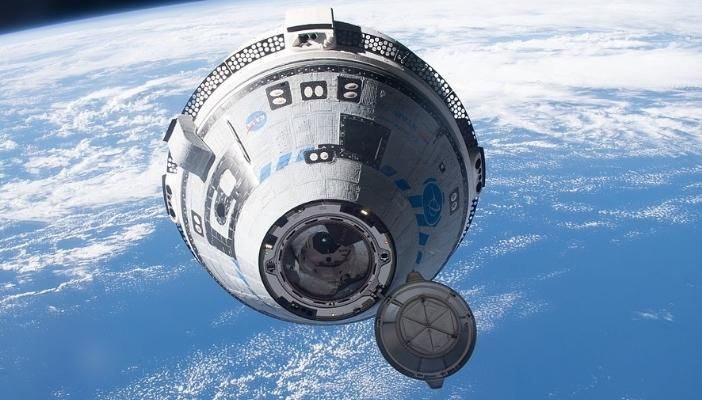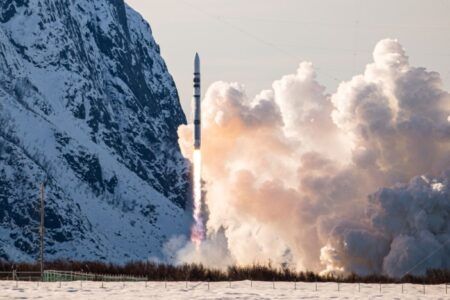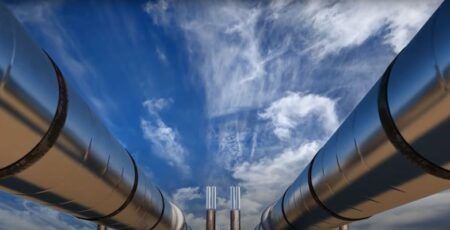Boeing’s CST-100 Starliner spacecraft landed at the U.S. Army’s White Sands Missile Range in New Mexico, March 25.
This draws a close to the end-to-end unmanned orbital flight test launched on May 19.
The flight test began at Florida’s Cape Canaveral Space Force Station, with CST-100 mated to a United Launch Alliance Atlas V rocket.
Following the abandonment of a previous test, this launch demonstrates the end-to-end performance of both craft through launch, ascent, on-orbit, re-entry and landing.
This includes the Starliner’s autonomous software and the on-orbit operation of its various systems; avionics, docking, communications/telemetry, environmental control, solar arrays, electrical power, and propulsion.
Battery charging, hatch open and close, establishing joint ventilation with the station, file transfer and cargo transfer were successfully tested throughout the project’s first space station flight test.

Further demonstrable capabilities included the ability to hold docking attitude, receive commands from space station crew, command holds and retreats during final station approach.
“We have had an excellent flight test of a complex system that we expected to learn from along the way and we have,” said Mark Nappi, vice president and program manager, Boeing Commercial Crew Program, adding, “Thank you to the NASA and Boeing teammates who have put so much of themselves into Starliner.”
Boeing and NASA are planning another flight, the dates of which are currently unknown.
Upon completion if this flight, Boeing will have fulfilled NASA’s goal of having two commercial vehicles to transport astronauts safely, reliably and sustainably to the station from American soil.
“With the completion of OFT-2, we will incorporate lessons learned and continue working to prepare for the crewed flight test and NASA certification,” Nappi said.





